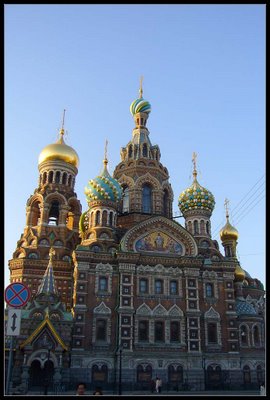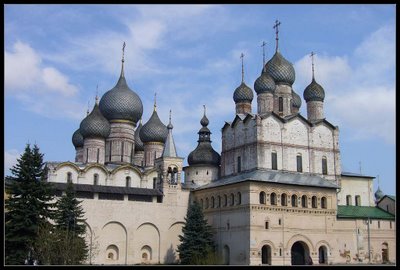
Our group of 13 have a delicious seafood lunch at Bangpra. I enjoy eating 2 steamed crabs. We stop at "Krue Or" to buy some Thai desserts.






There are some moments in my life that have been captured through the lens and that would be not be completed without the attribution from my friends, of which I am really grateful. By the way, all the places information is excerpted from various websites and books.